Alessandro Furchino Capria
Alessandro Furchino Capria
June 5, 2024
Alessandro Furchino Capria is a photographer who explores the interplay between objects and persons, as well as the private and the public space. He captures objects, spaces, and traces of prior human activity with his camera. He has now collaborated with paloma wool and, for the first time, some of his pictures have been turned into clothes. These will be wrapped around human bodies, stored in wardrobes, rest on armchairs. Furchino Capria has recently talked about his artistic practice and expanded on how he experienced this collaboration.
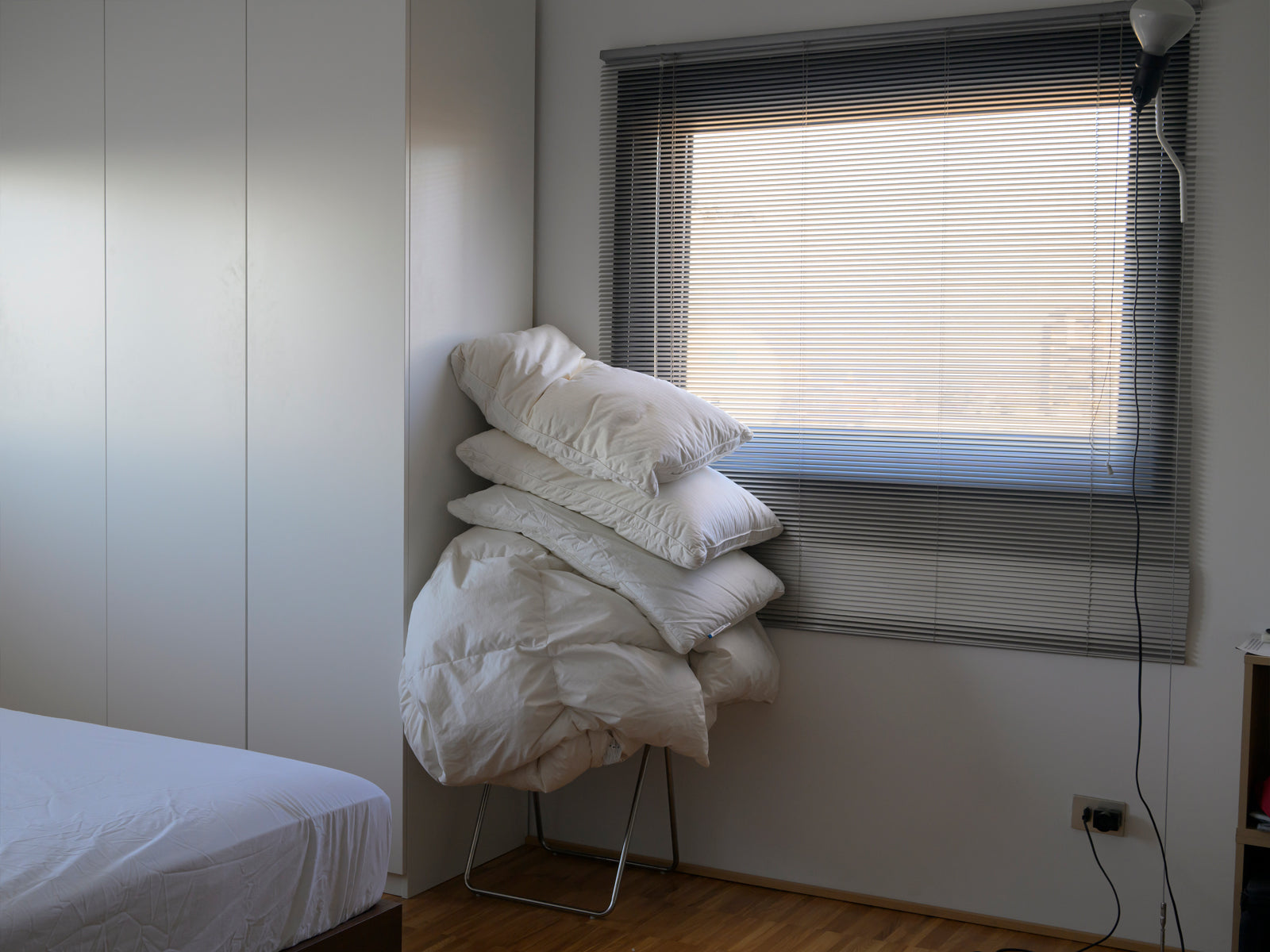
Untitled
December 07, 2023, 11:59
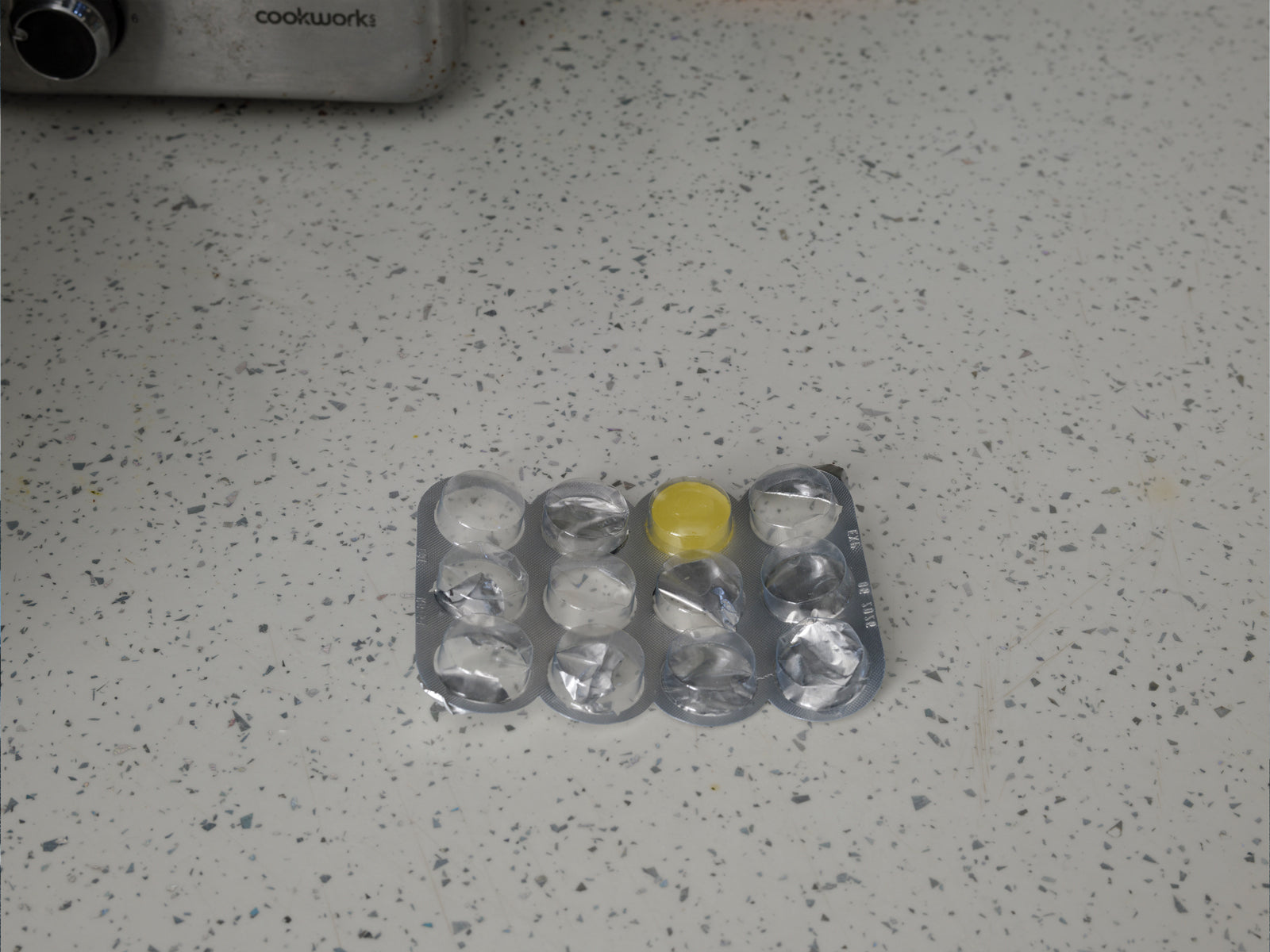
Untitled
November 06, 2023, 12:08
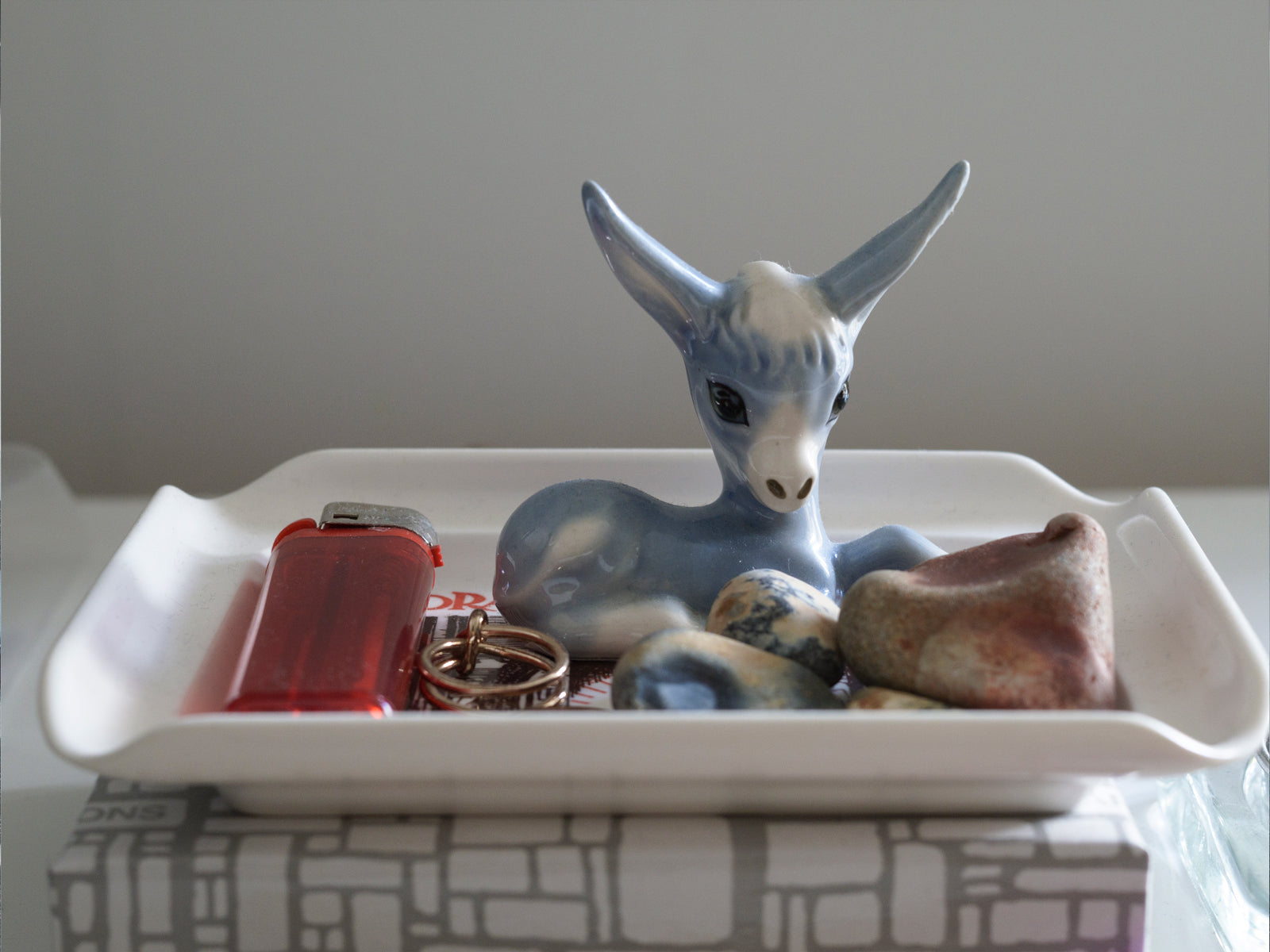
Untitled
November 05, 2023, 14:44
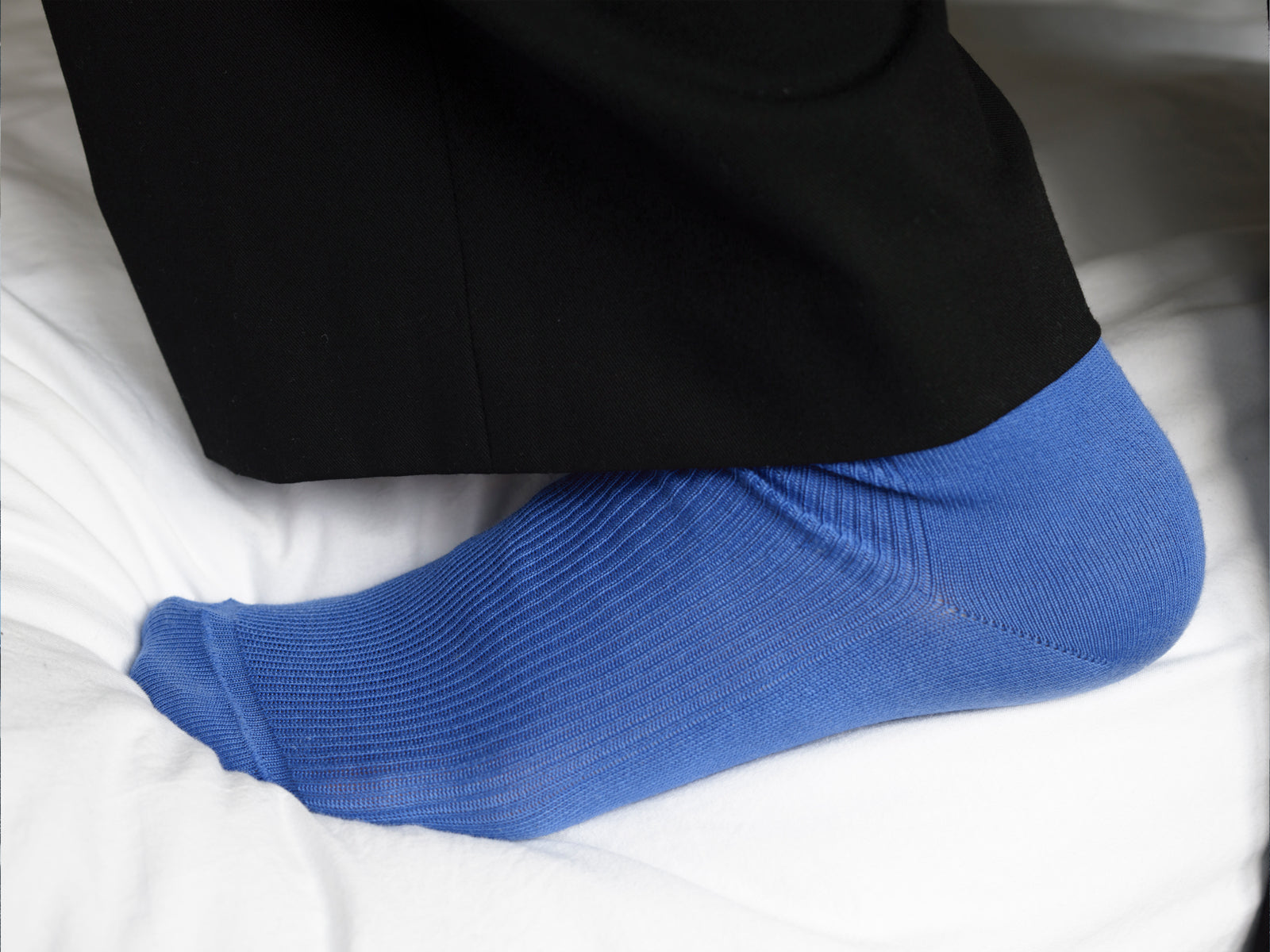
Untitled
October 31, 2023, 15:34
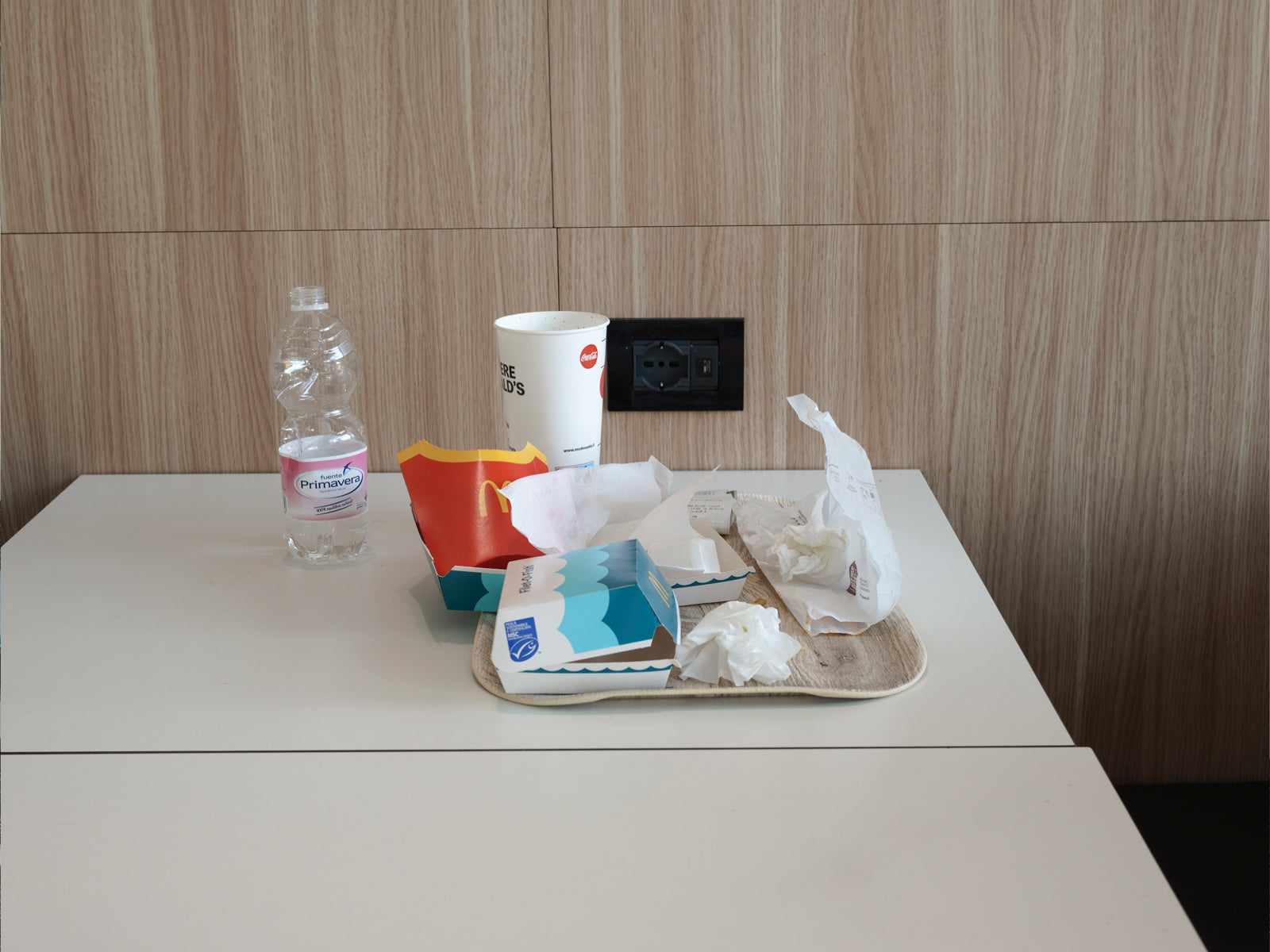
Untitled
September 28, 2023, 16:21
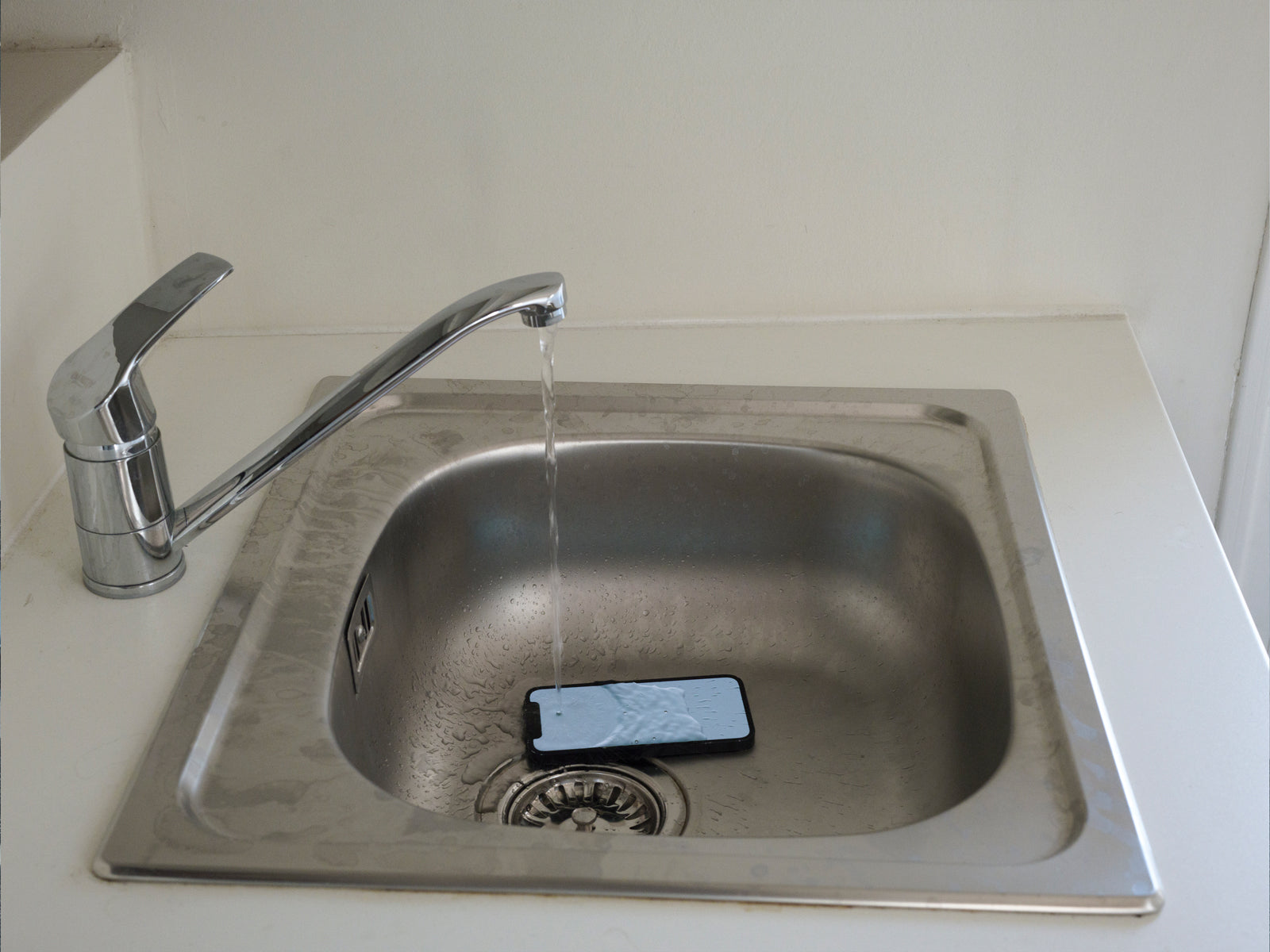
Untitled
August 18, 2023, 08:43
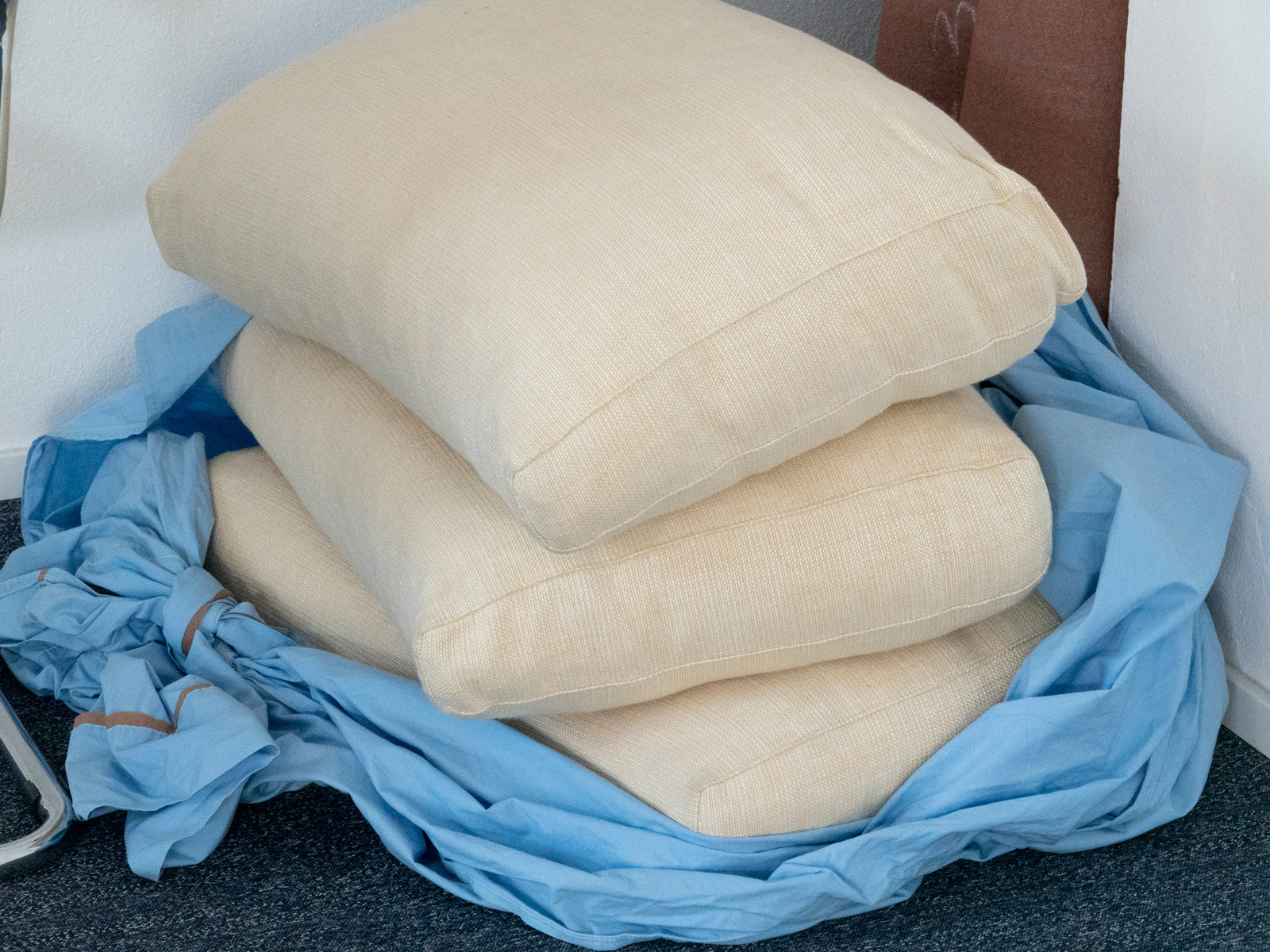
Untitled
September 12, 2022, 10:16
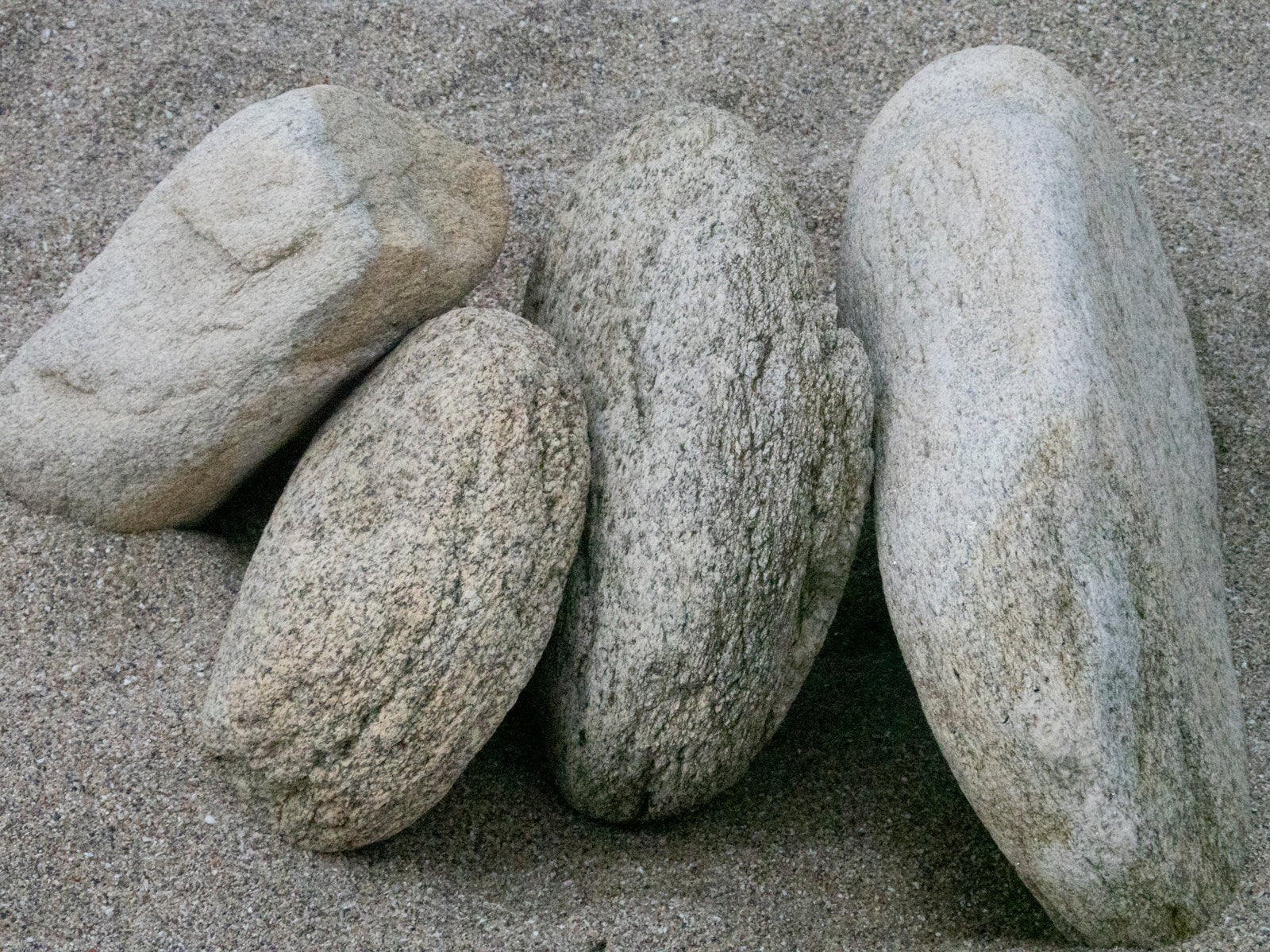
Untitled
August 15, 2022, 12:09
How would you define your practice?
One of the best ways to describe it is as a perpetual and continuous practice. It’s something that keeps me alive and interested in life. For me, it’s very important not to get bored with the things I do, and photography allows me to be in an evolving process, always with a new project. To me, taking pictures is like breathing. Just as we need to breathe to live, I need photography. I don’t take pictures for the sake of taking pictures; it's about having a purpose. It’s very important for me to have something to reach for so I don’t feel lost.
My practice happens every day in various situations. It starts with research and reading, then going outside, taking pictures, and trying to develop ideas. It's a continuous process of revolution and evolution of myself. After a few years of taking pictures, I realised I wasn’t going in the right direction. I quit and then started again. I began rereading many books that I had read before, but this time with a different perspective, trying to understand new things. I started to develop a new idea of working and taking pictures.
In 2020, we moved to London, and there I found a new way of understanding how I wanted to take pictures. I think it's very important to feel that you are in the right space or place. London has helped me a lot. I connected with the urban landscape, the lighting, and the colors as well.
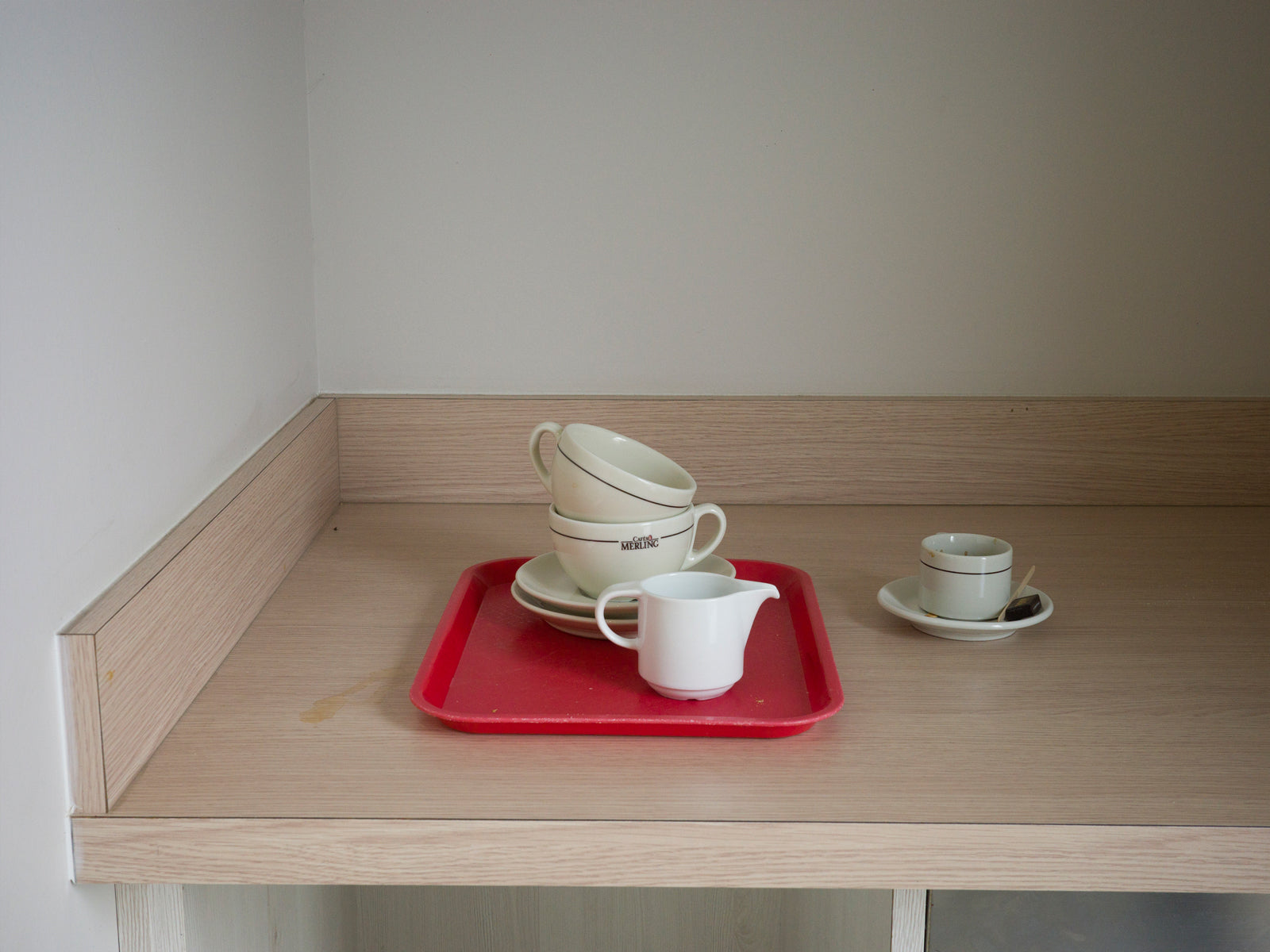
Untitled
August 14, 2022, 14:07
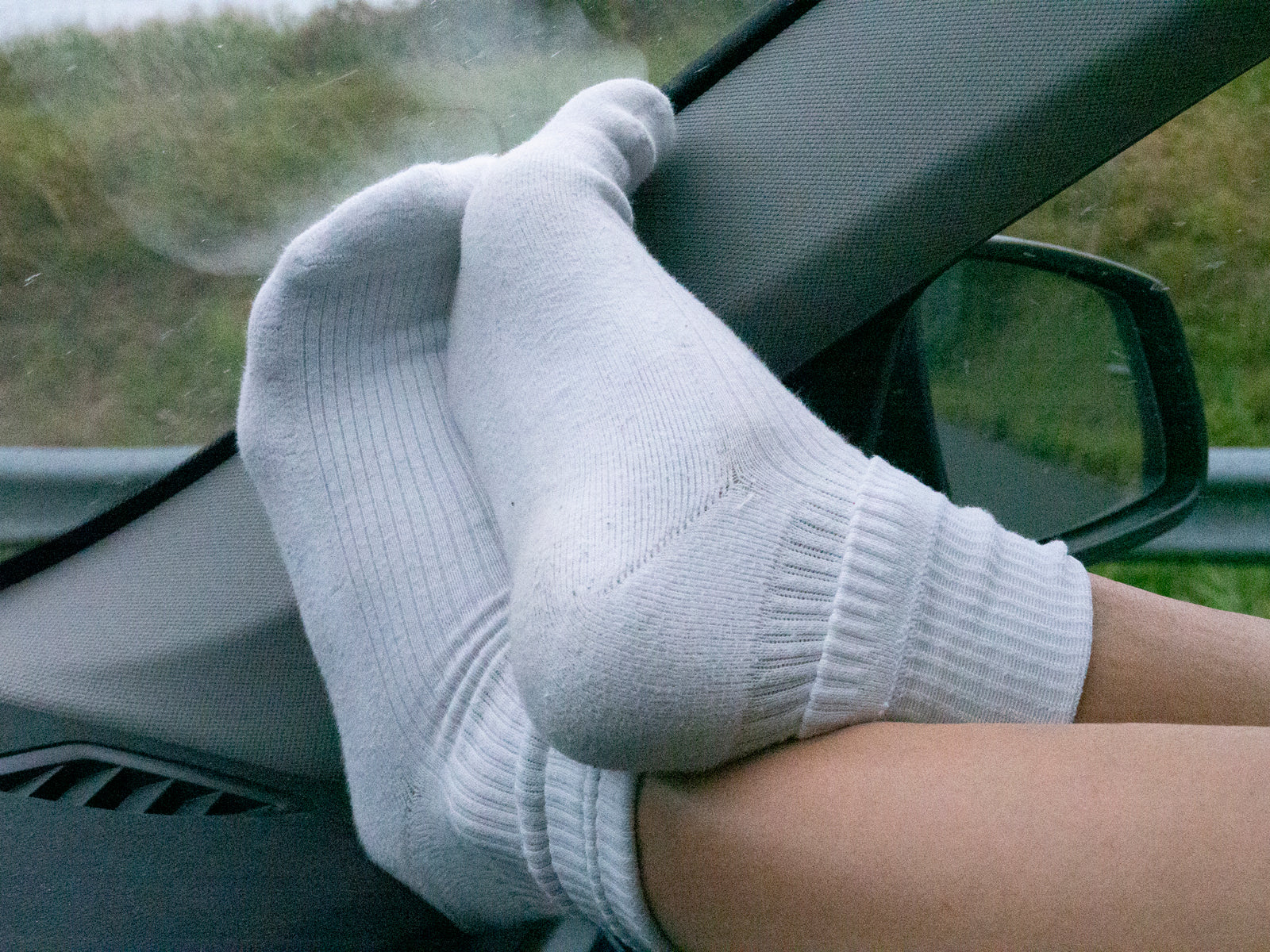
Untitled
August 14, 2022, 12:57
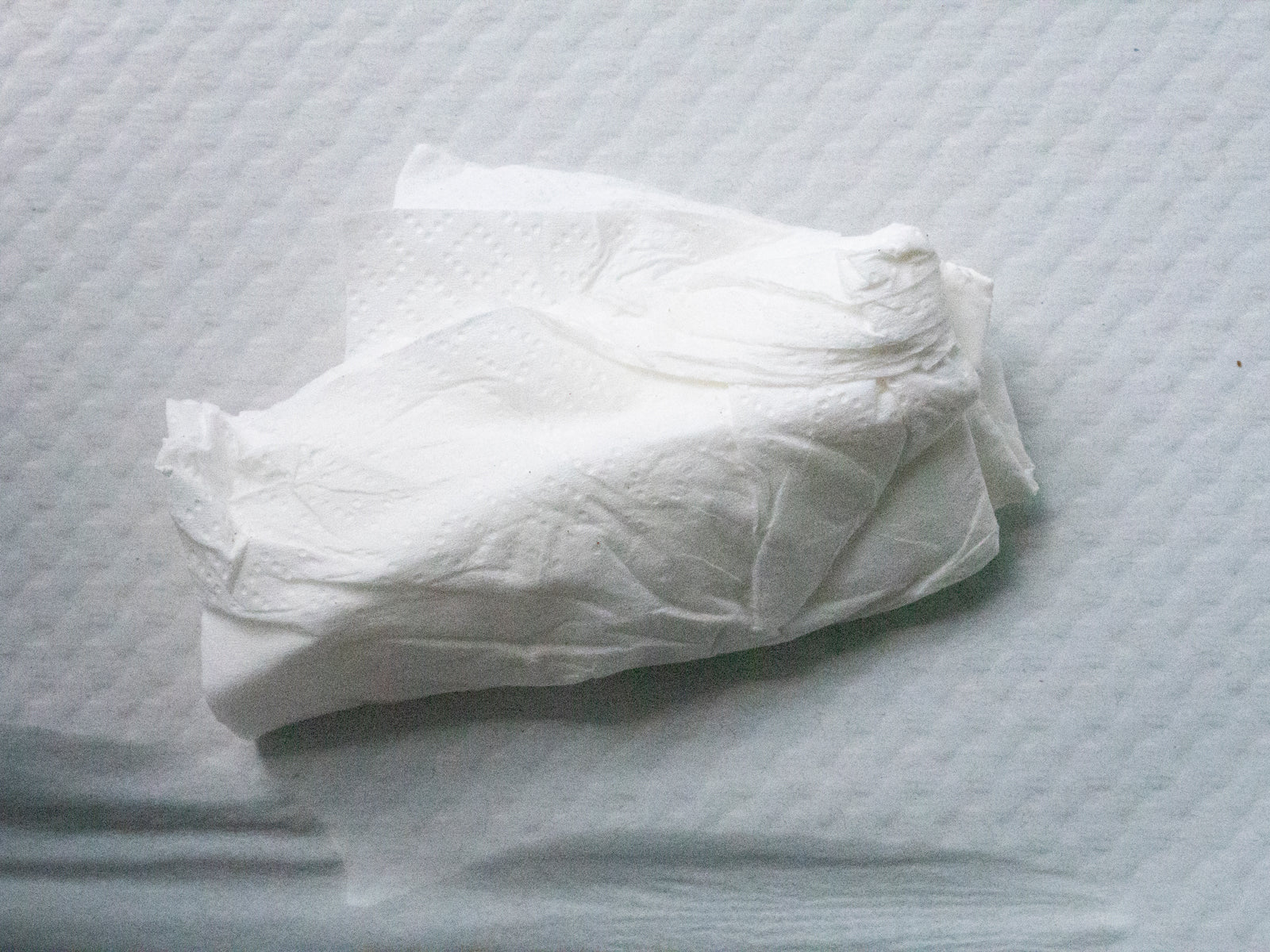
Untitled
August 09, 2022, 14:52
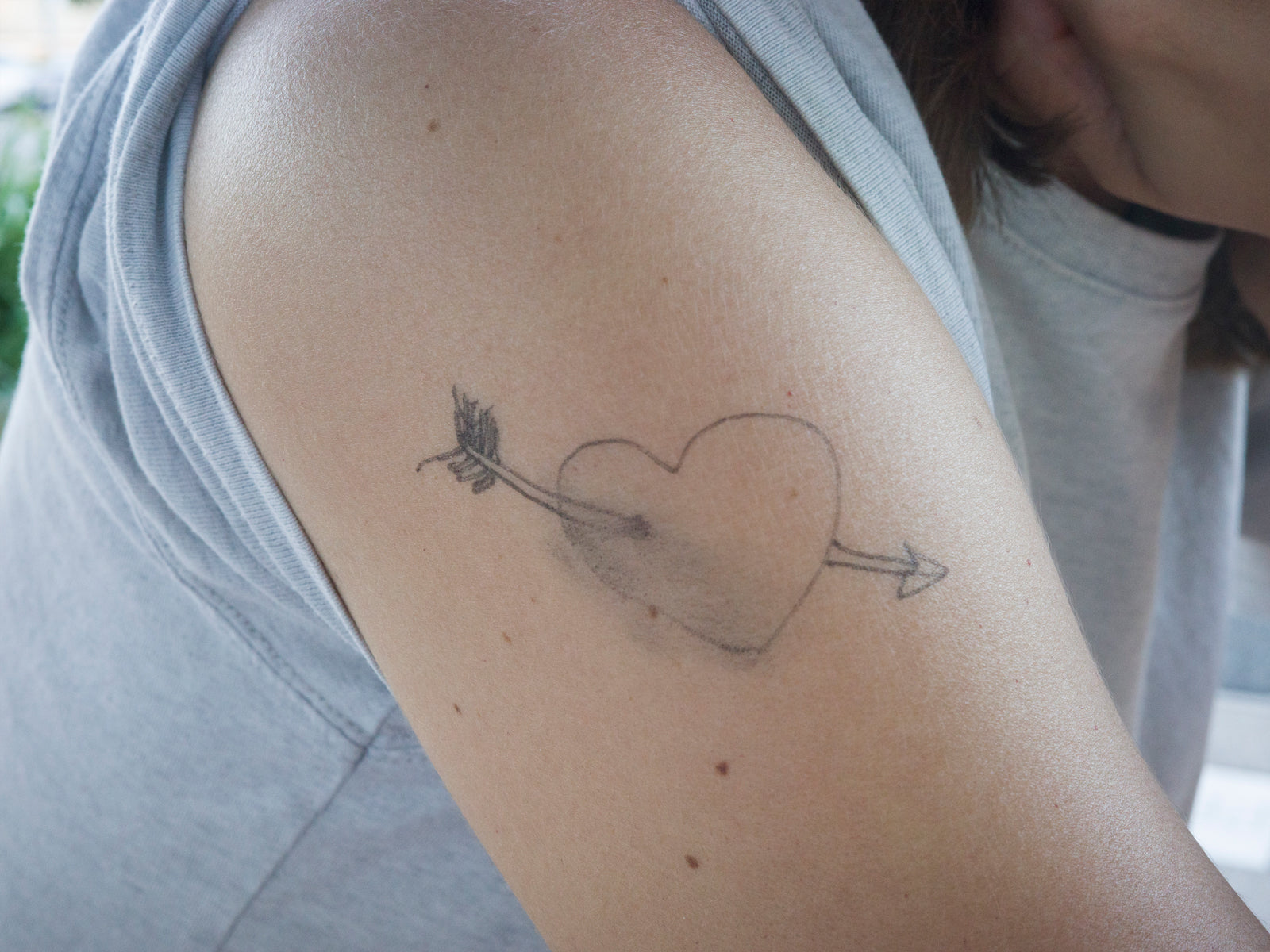
Untitled
July 09, 2022, 19:45
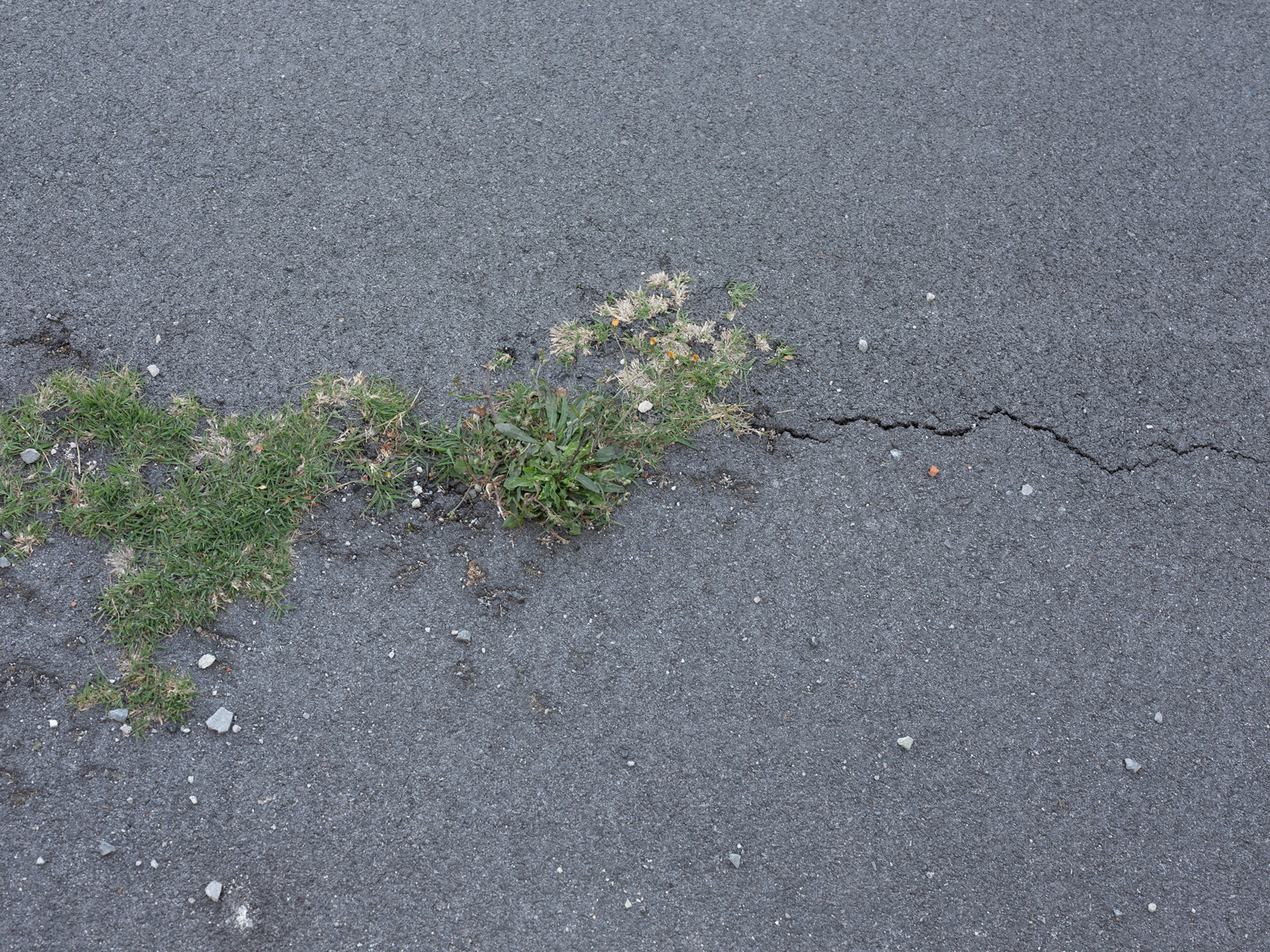
Untitled
April 17, 2022, 05:49
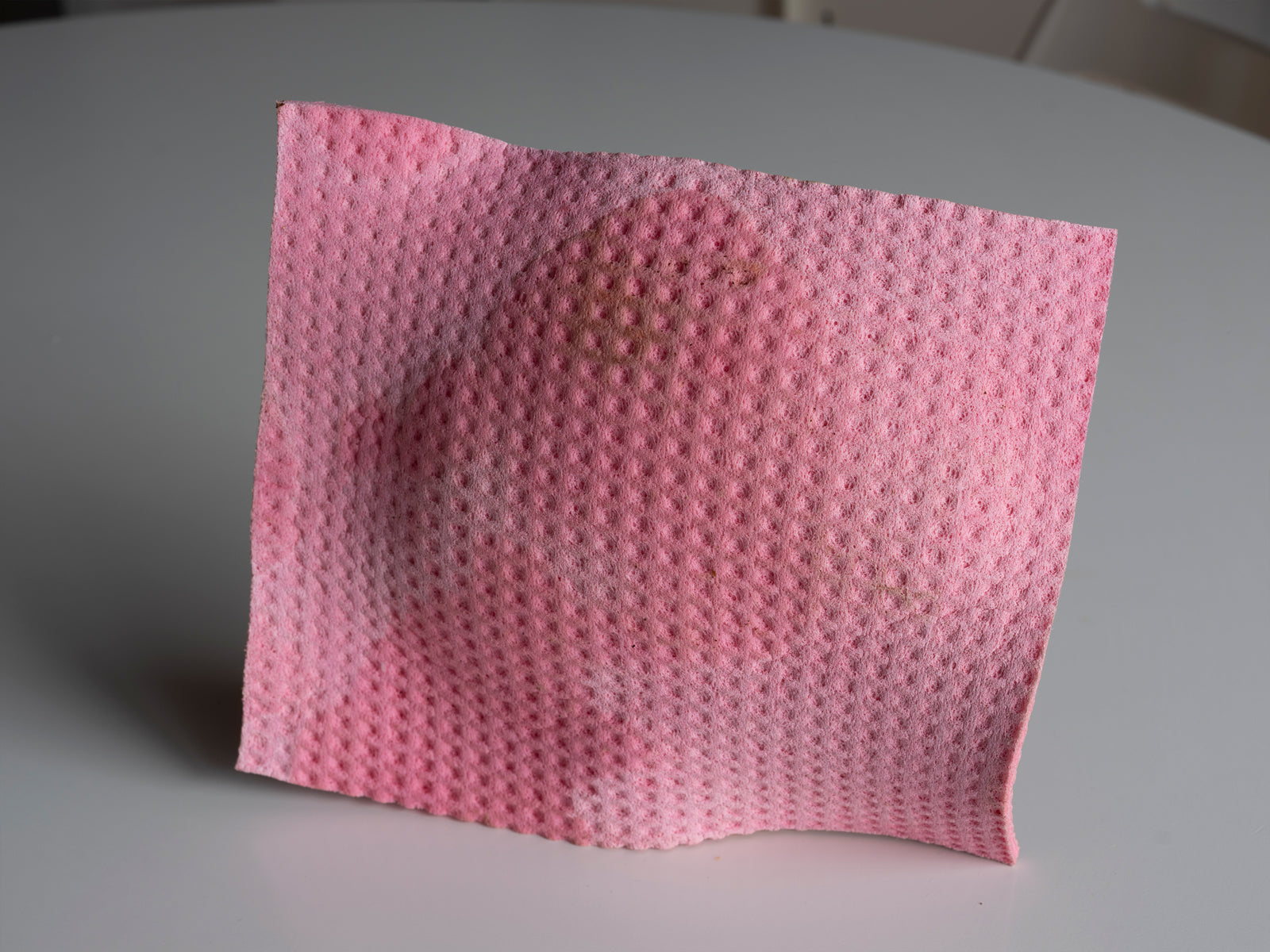
Untitled
March 12, 2022, 03:46
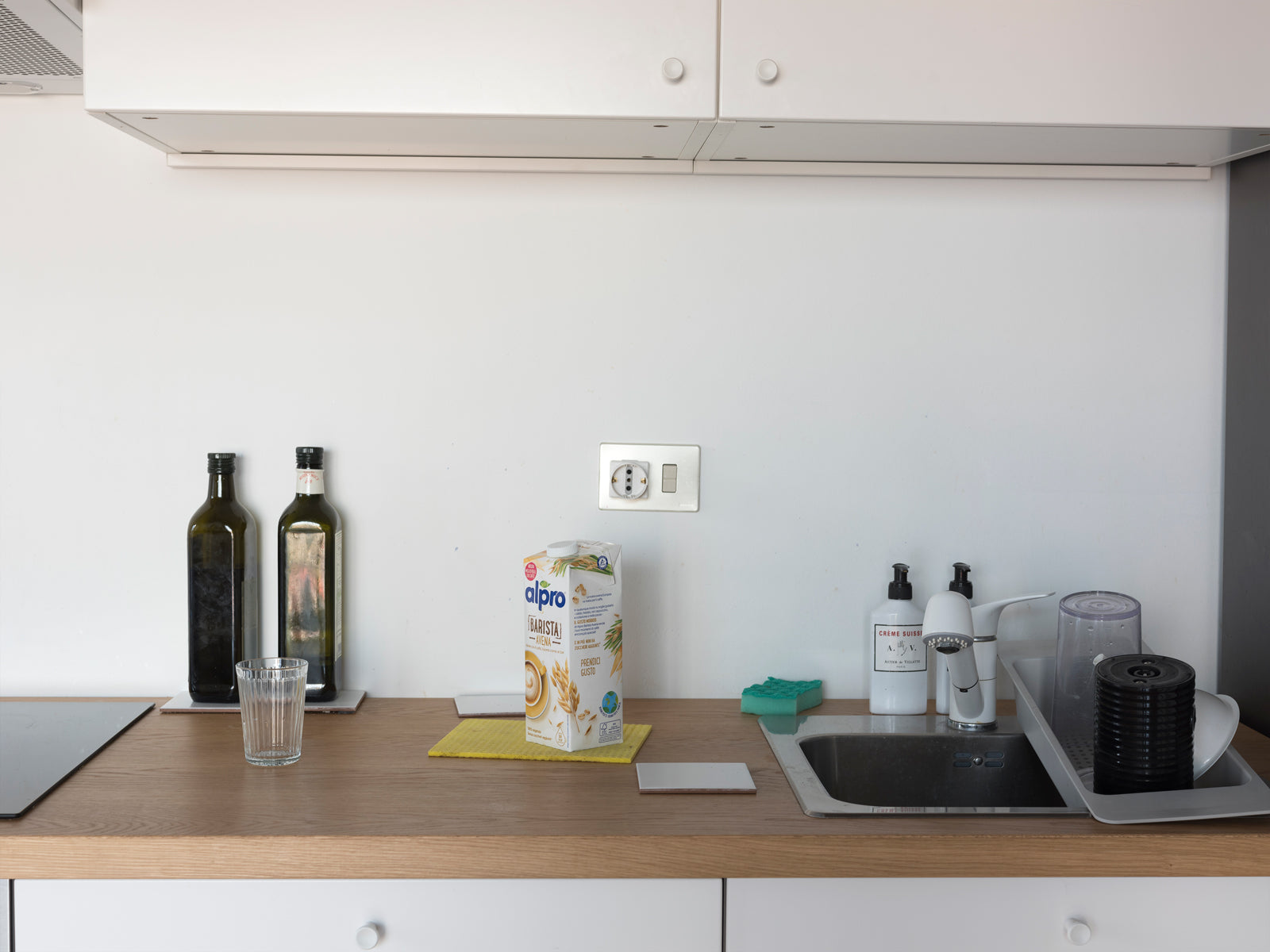
Untitled
January 17, 2022, 12:15
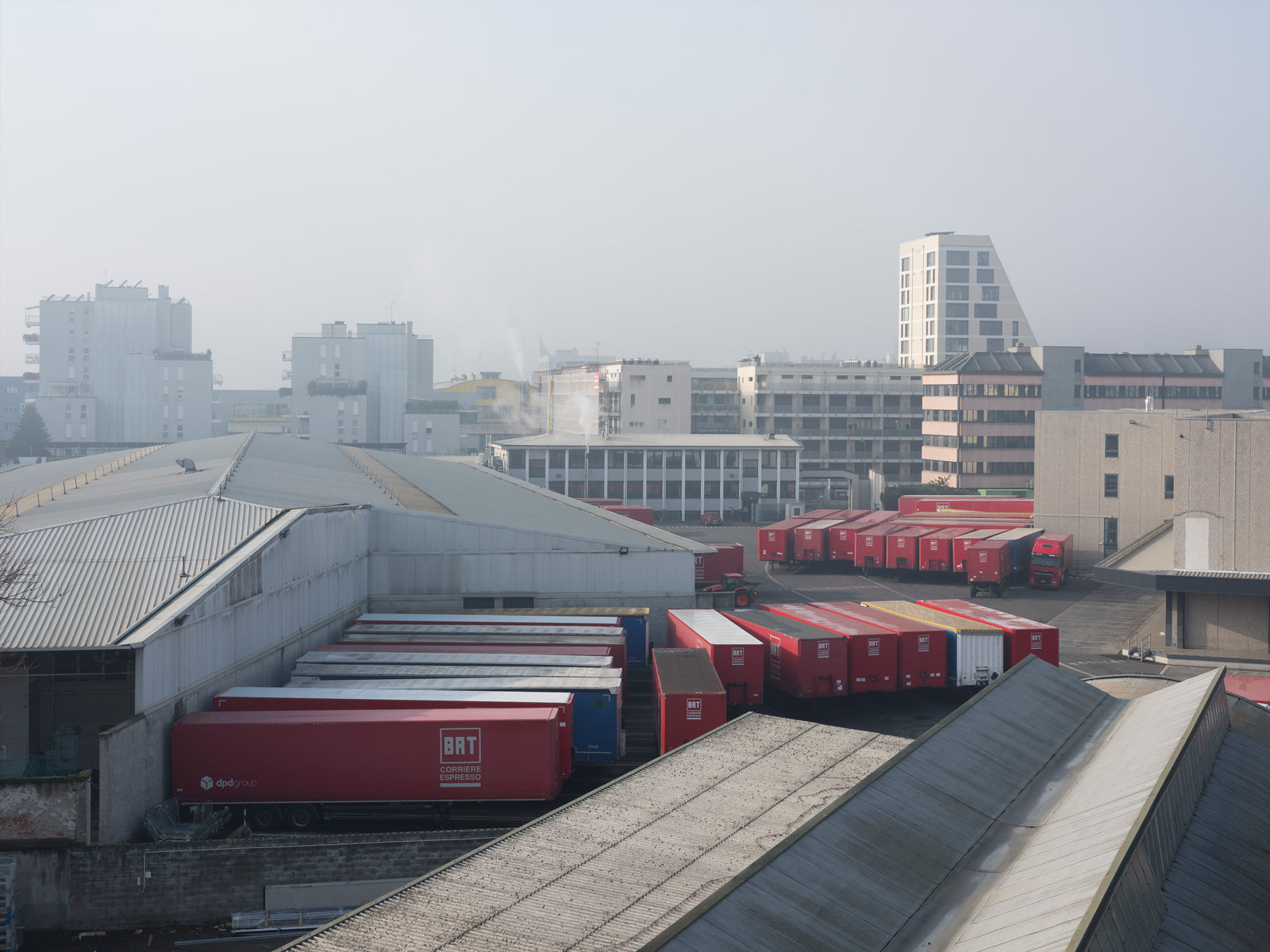
Untitled
January 01, 2022, 01:12
You have a background in design and later transitioned to photography. How has this shift in disciplines impacted your work, and in what ways does your experience in design influence your current photographic practice?
All the knowledge you have achieved becomes part of your next practice. I try to incorporate all my interests into my photography: graphic design, painting, architecture, and urban landscape. These general interests have led me to my current photographic practice. I would say that my background in graphic design has greatly influenced how I frame my pictures. To me, it's very important how the pictures I take are projected into the outdoor world. I enjoy the process that comes after taking pictures and thinking about how I can use and display them.
You have created a very personal visual language through your method of classifying and composing images, which you mostly put in conversation with each other in series and grids. Do you establish the link between images while taking them, or is it something that happens afterwards?
It depends on the project. Mostly, it happens afterwards when I look through my pictures. I start seeing potential series and compositions. Sometimes, I find a picture and start a new project from there. Many of my projects start by accident, from the necessity of continuing something or by associating different pictures. I enjoy the process of taking pictures and then the process that comes after that, such as playing with them and manipulating the way I use a picture that I may have taken for a different purpose. But it can also happen the other way around. I can start by thinking about something I need, and then I'll go out and try to find what I'm looking for.
Your work is very personal; it reflects on the human experience and our relationship to objects and spaces. Your photography explores the interplay between public and private life. Additionally, you are developing a career in fashion photography and have worked on various campaigns. How would you say you navigate working in these two different disciplines, and how do they influence each other?
Fashion is something that I’ve always been interested in. I started working in the fashion industry, but as I said earlier, I stopped because I felt very disconnected from it and the way it works. I wasn’t very happy, so I had to stop. Then, in 2018, I decided to give myself a second chance. I decided to be more consistent in my personal work as a photographer before returning to fashion. I want my fashion photographs to be connected to my personal practice and not so much the other way around.
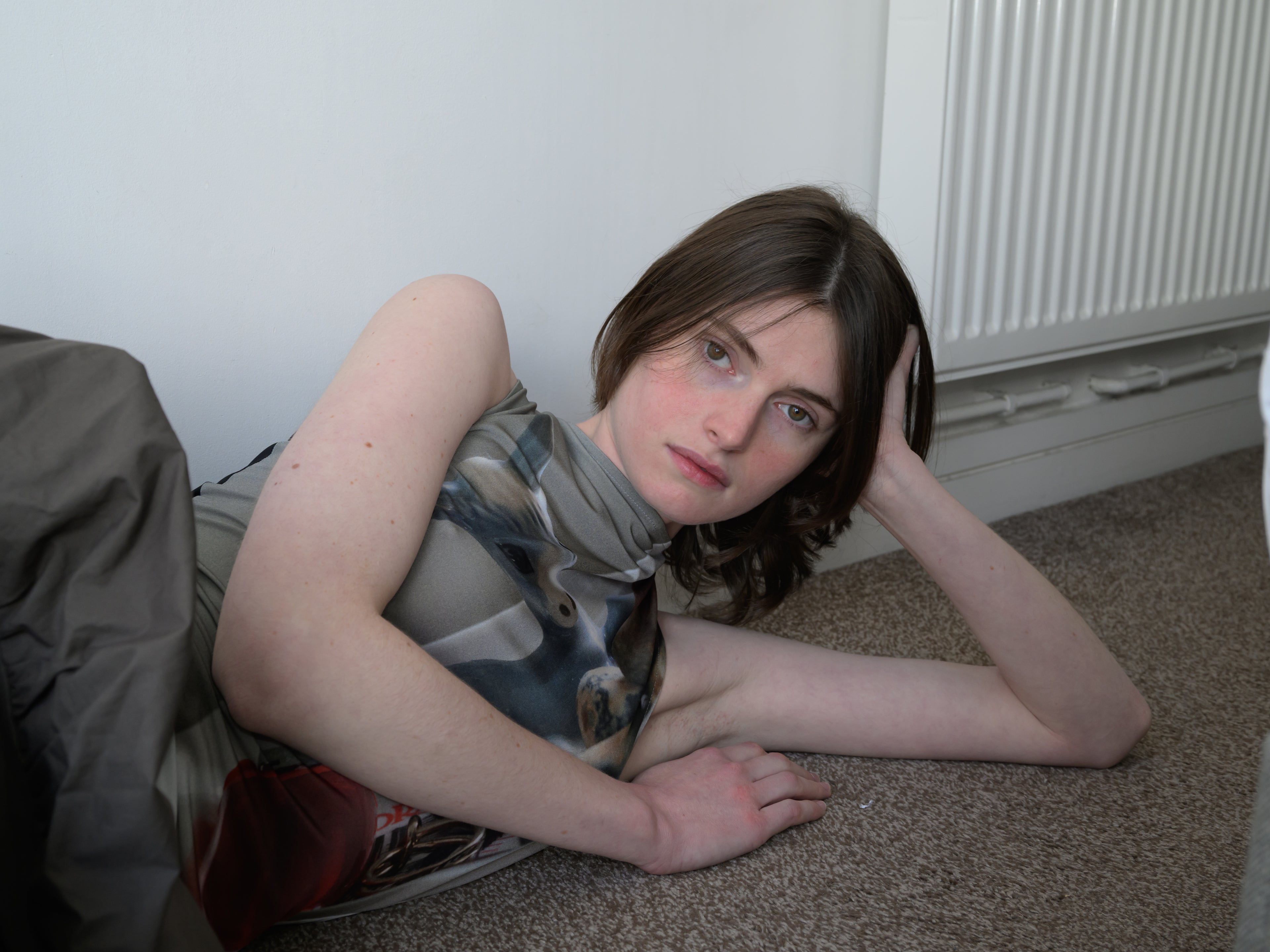
untitled May 27, 2024, 13:55
This collaboration with paloma wool is also a mixed-media exploration of your personal photographs with clothes you also shot the campaign for this collection. In a way, your role as a photographer has come full circle with this project. Could you explain what your creative process has been for this collaboration?
I'm happy that we did this collaboration. It was an interesting and challenging process at the same time. I had to go through my personal archive and see pictures, which I then connected with old memories. I basically had to find the right pictures for the collection and give them a new meaning. That was the first part of the process.
The second step was about understanding that someone else would use my pictures in a different way than what I had originally taken. It was like giving my baby to someone else. This step helped me to push myself.
Then everything circled back to the necessity of taking the pictures for the campaign, I thought it would be nice to take the pictures in a very easy way in the flat we live in London. The pictures I initially gave for this project were so personal, and I wanted the campaign to convey in the same way. I took many pictures at home, so it made sense to shoot in the same house. We live with Paola and Federico but also work together, so it all made a lot of sense to us. I think the shoot went very well, precisely because of where and how it was set; it didn’t feel like a normal fashion shoot where there are always so many people and things going on. It was very nice to close the circle in this way.
When I had to name the clothes, I decided to put the names of family members or people connected to me in a personal way. So there's Paola, my mother, my sister, my nephew's name, and the female version of my father’s name.
How do you feel about people wearing your pictures on their clothes?
I don't know. I will let you know in the next few weeks, but I'm definitely curious. I'm glad that we made it. It's always nice to finish a project. When I complete a project, I always realise that the most interesting part is probably building it rather than finishing it. Once it's done, you start to miss it in a way. But I'm happy because I enjoyed the process. That is very important to me because sometimes you don't enjoy the process, and it can be quite a pain.
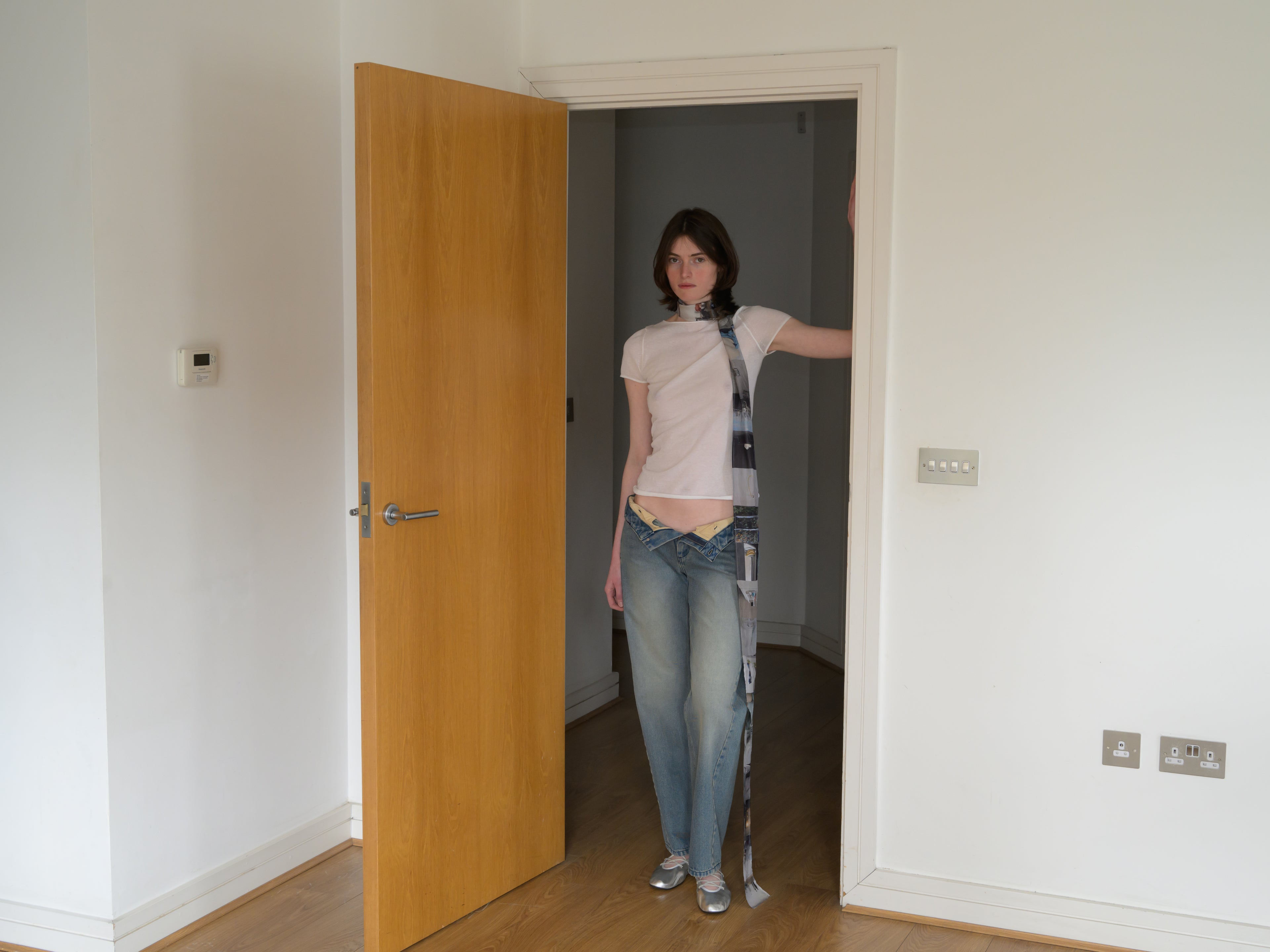
untitled May 27, 2024, 11:59
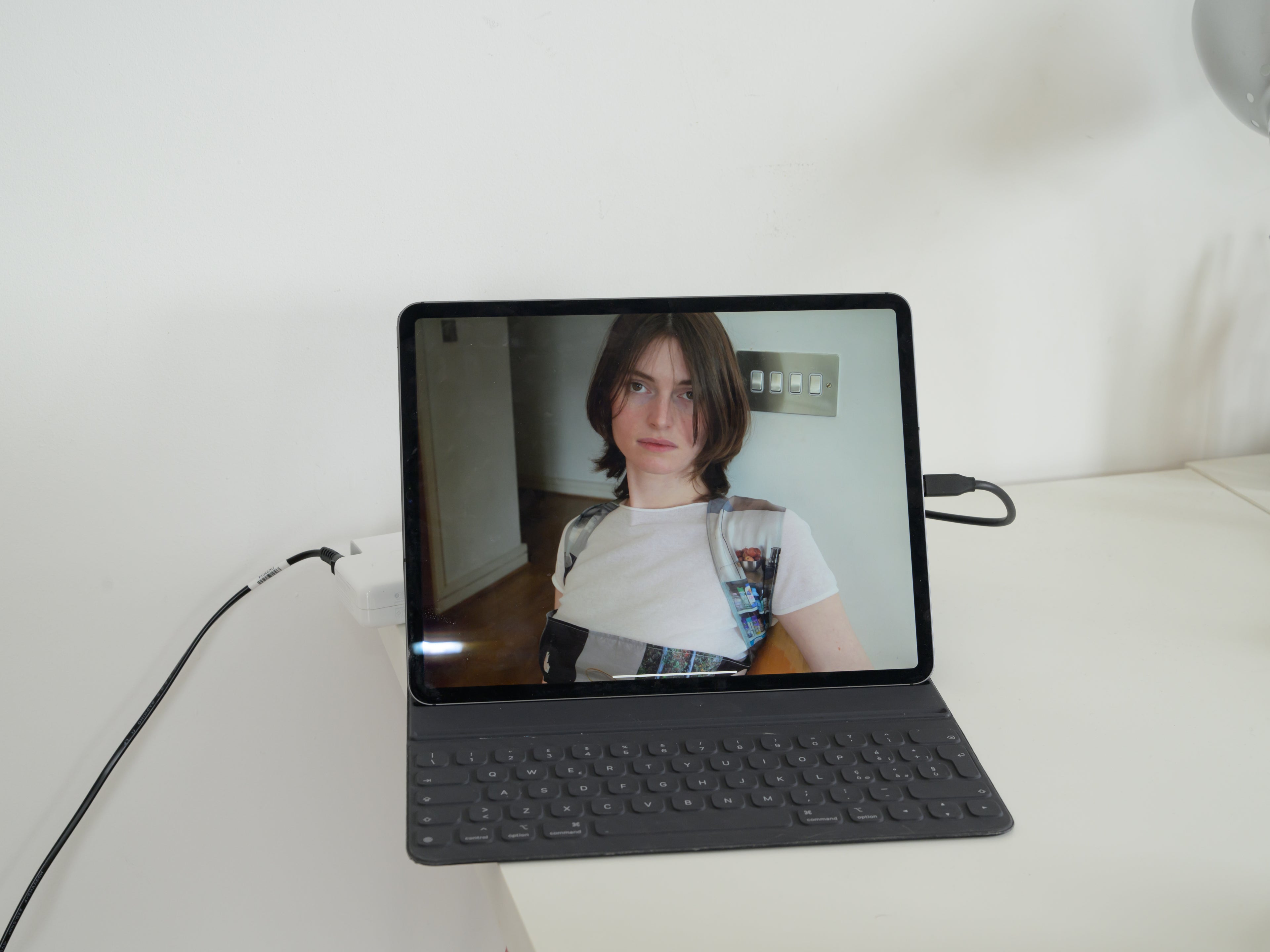
untitled May 27, 2024, 12:28
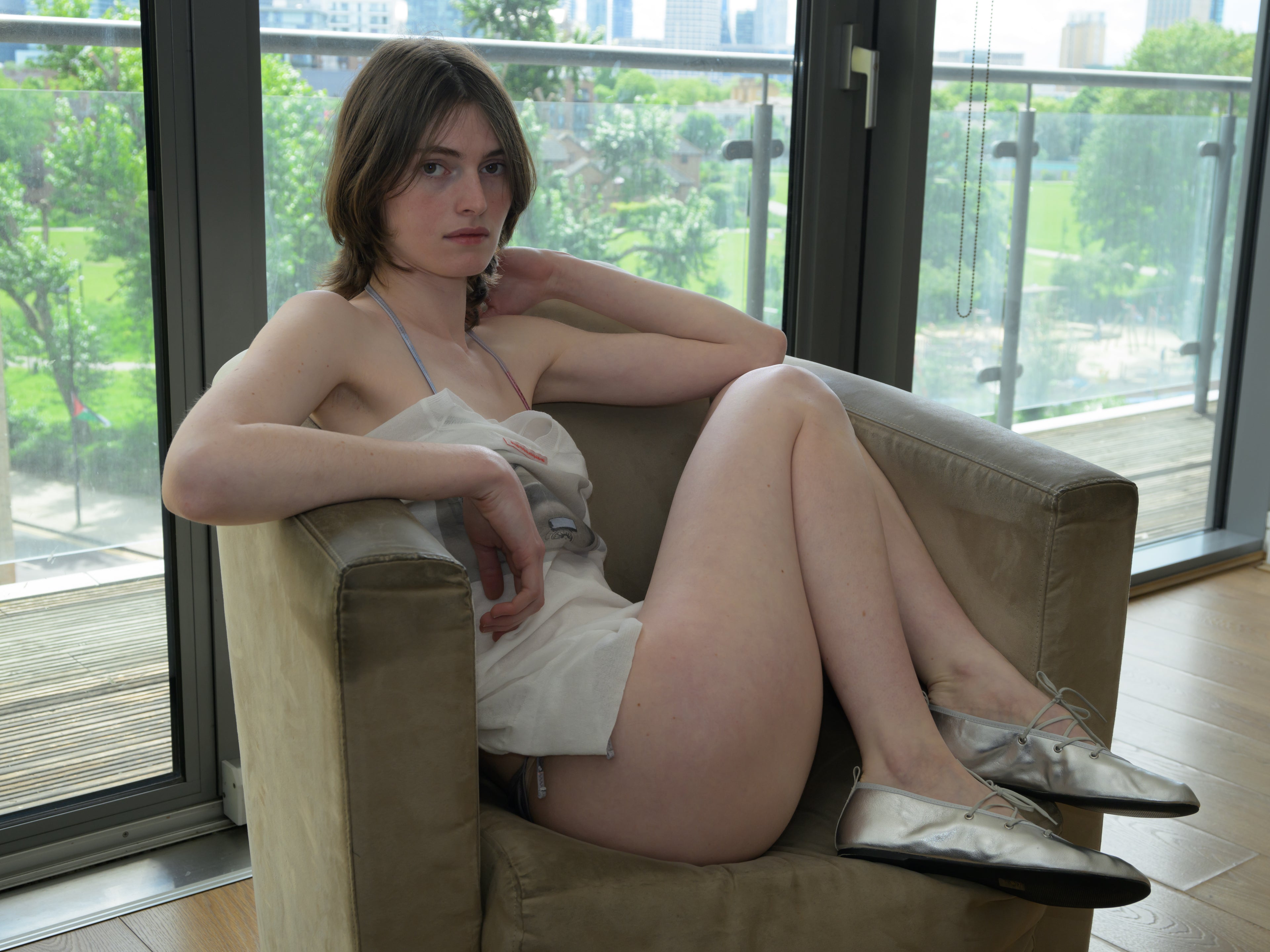
untitled May 27, 2024, 13:06
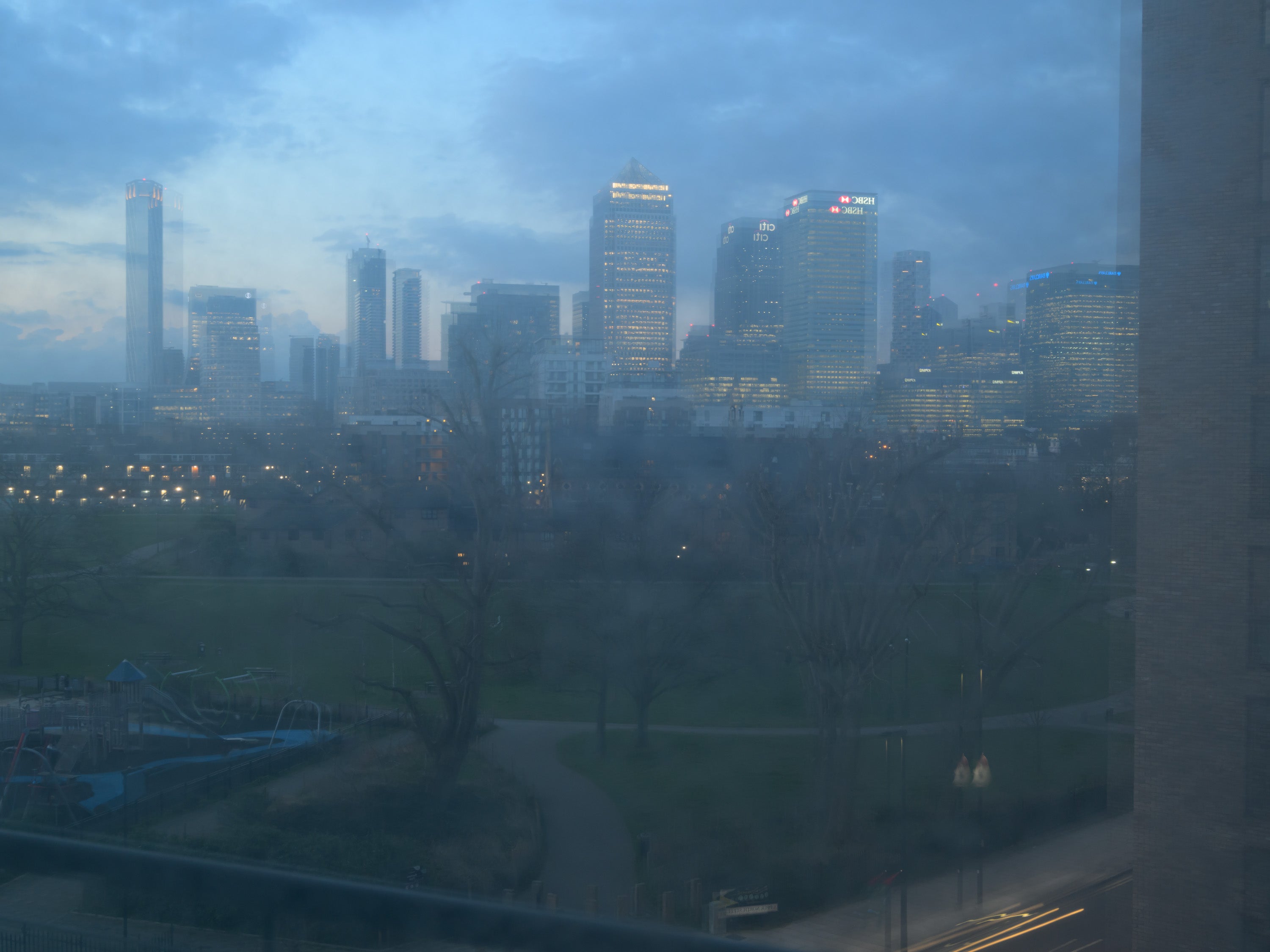
untitled March 06, 2024, 18:59
You capture human traces with very little human presence, and I would say this is a bit of the essence of your work. But then, moving into your work as a fashion photographer, the outcome is quite different as we can see the bodies and faces barely perceivable in your personal practice. Can you tell us a little bit more about the visual universe you have created?
In a way, most of my research is based on keeping traces of traces —human traces, what has been left, what was here, and what is not anymore. But I actually try to approach everything as an extension of a portrait —whether it's a bottle, a phone, a small amount of leftovers, whatever. Everything can be portrayed, and everything is a mirror of my daily life or existence. I don't want to be a passive photographer; I like to bring things into the frame. For me, it’s very important how the space contains the person, or how the person fits the space. Whether I’m shooting a still life, a fashion picture, or a personal picture, I want to create a sort of painting of what I’m looking at. That’s why portraits are such a key part of my work. So, we can definitely include still lifes as portraits. If, for example, we are talking about someone who left those objects, their traces, we can choose to take a portrait only of that specific person, or we could choose to portray their objects as well. It depends on which side you look at the pictures, and I always try to have both perspectives. You can have the human perspective—who left the stuff—and you can have the perspective of the stuff itself.
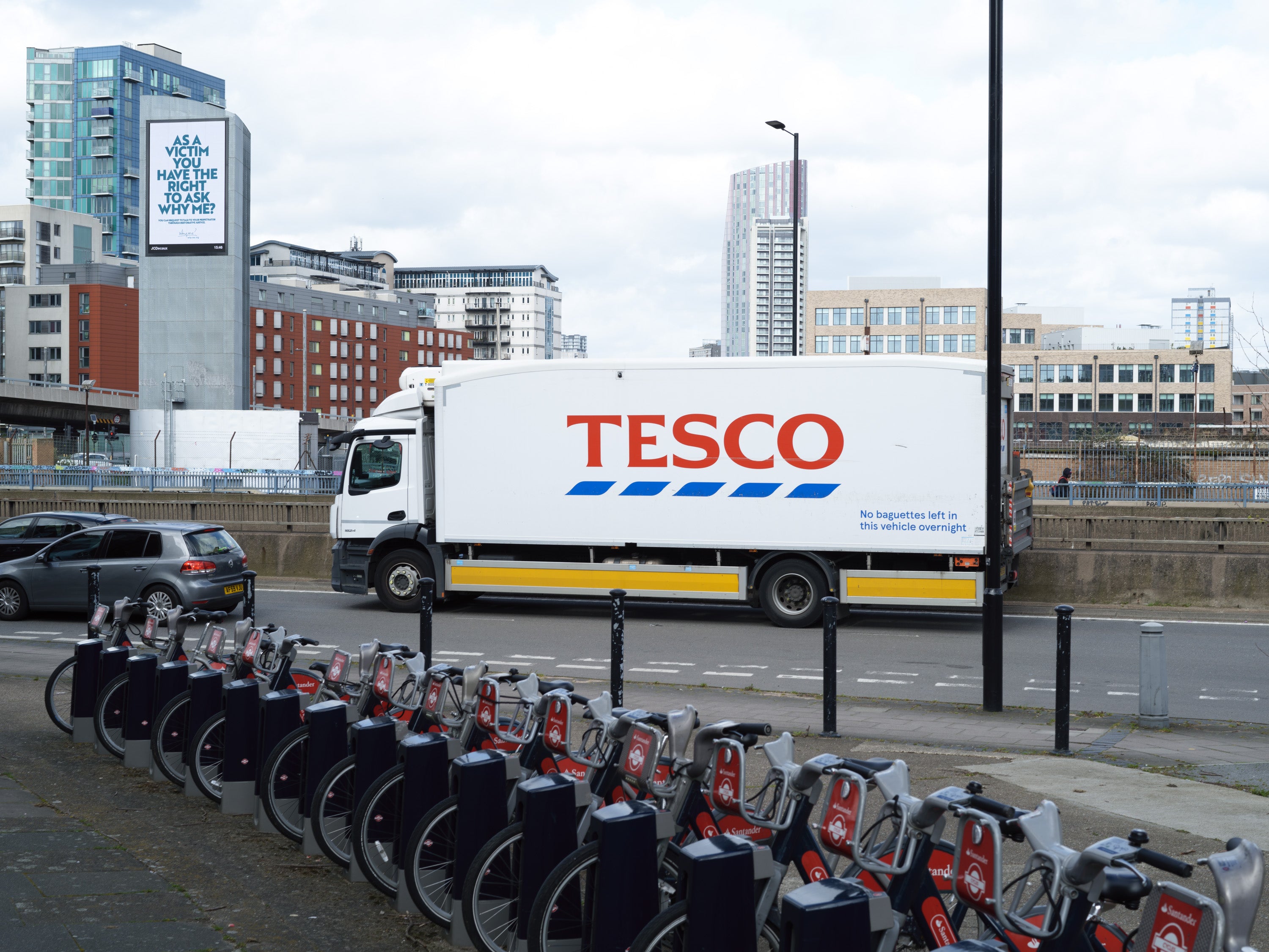
untitled April 07, 2024, 15:49
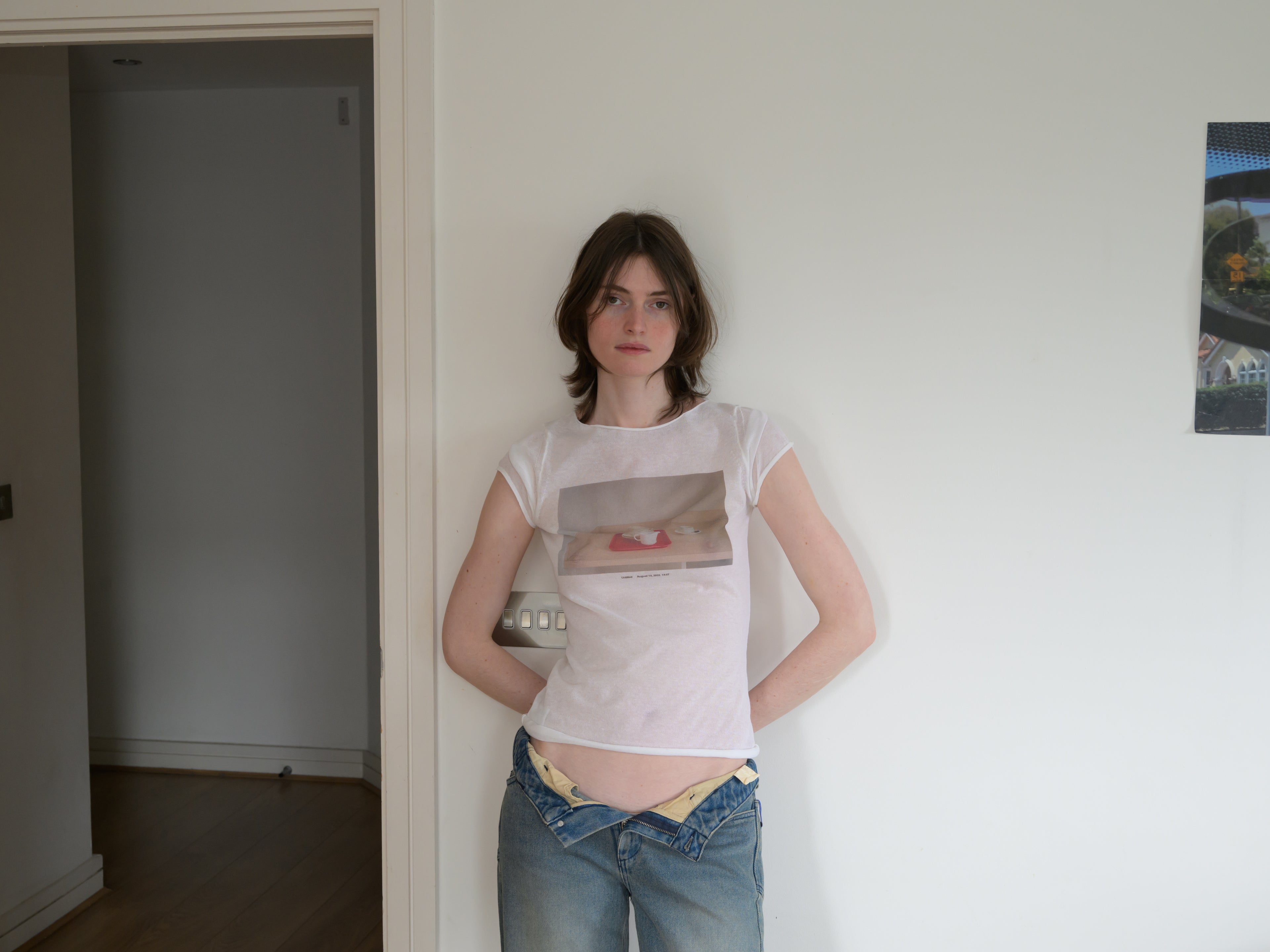
untitled May 27, 2024, 12:05
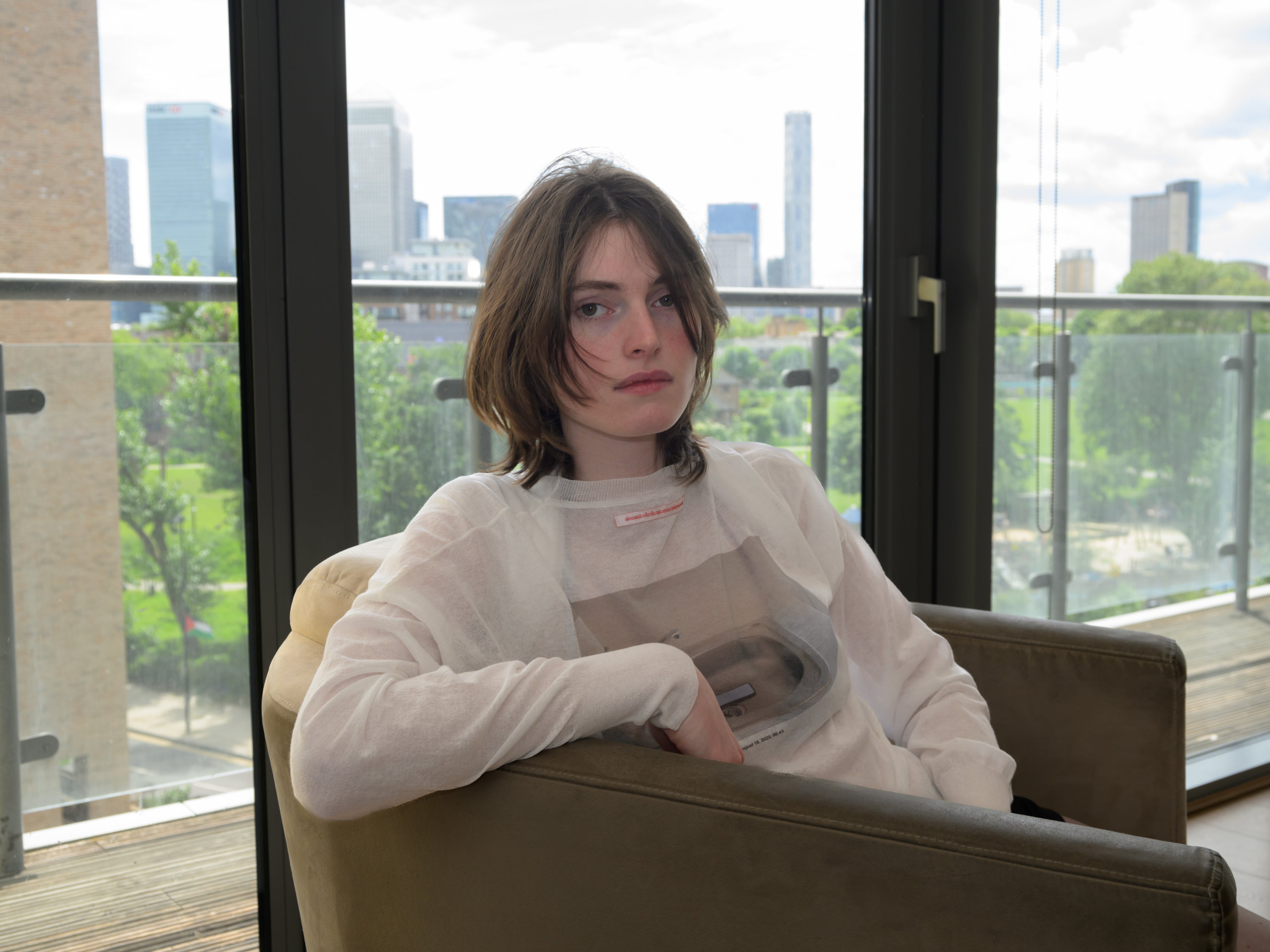
untitled May 27, 2024, 13:03
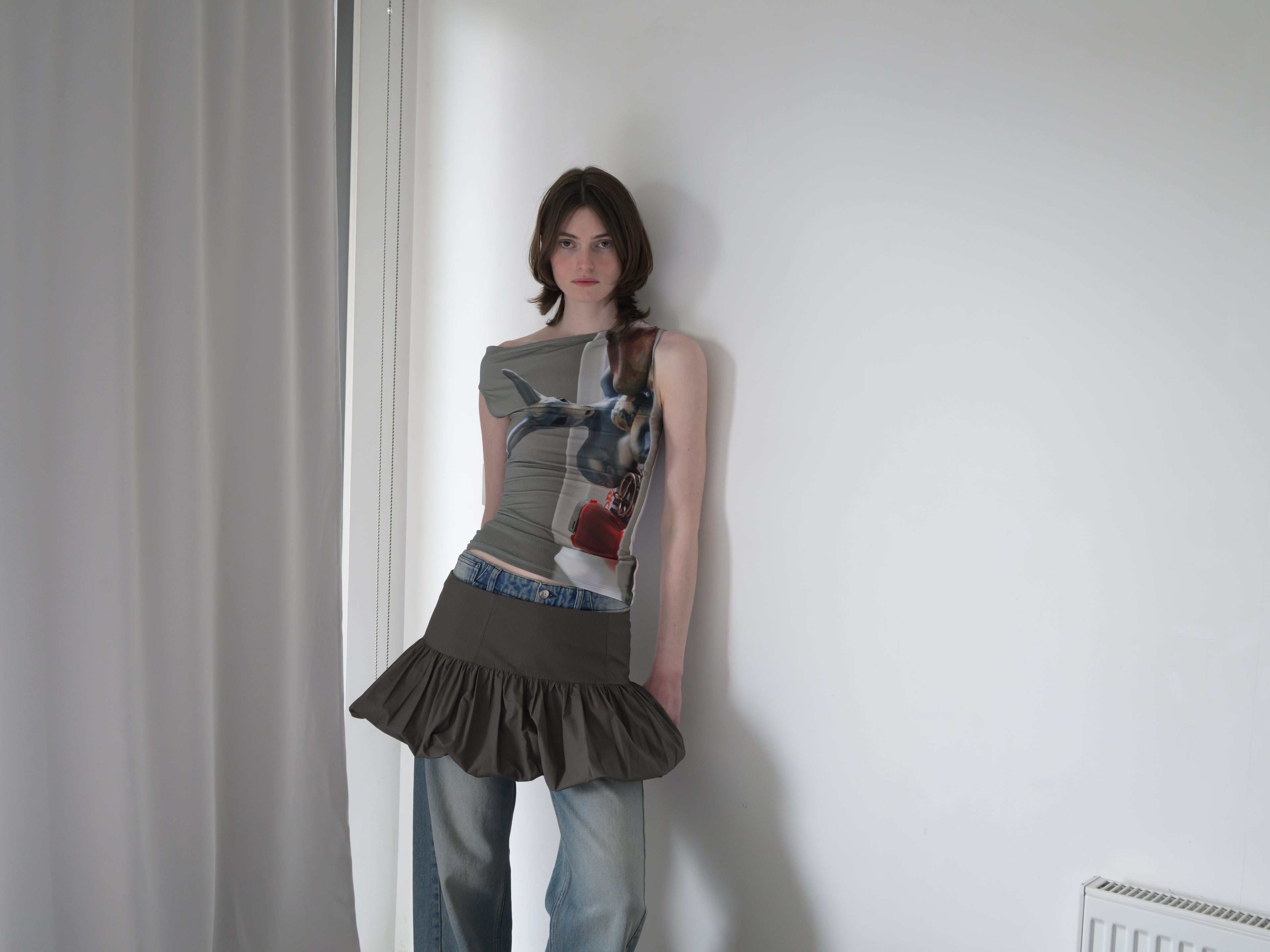
untitled May 27, 2024, 13:46
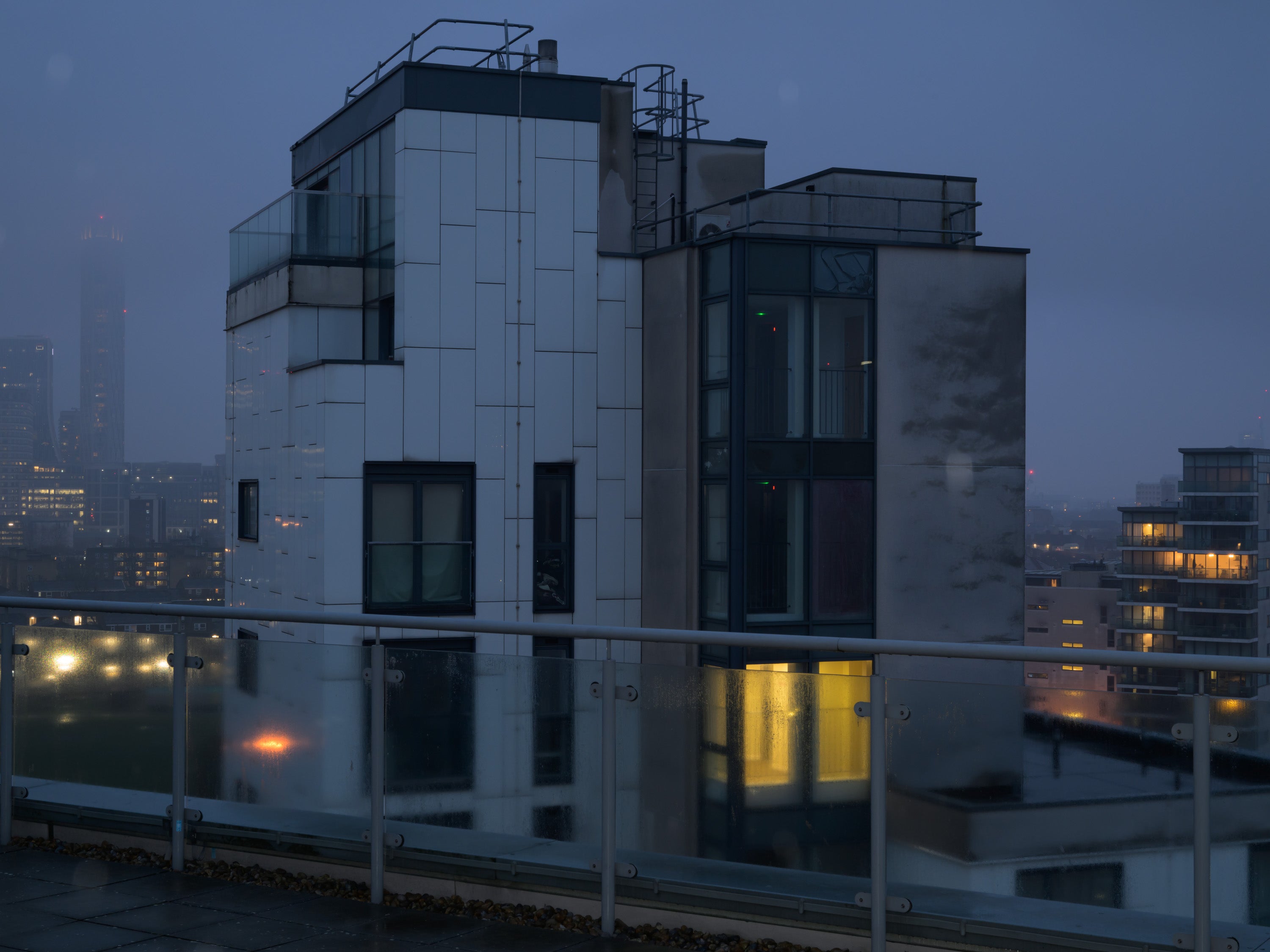
untitled March 10, 2024, 19:04
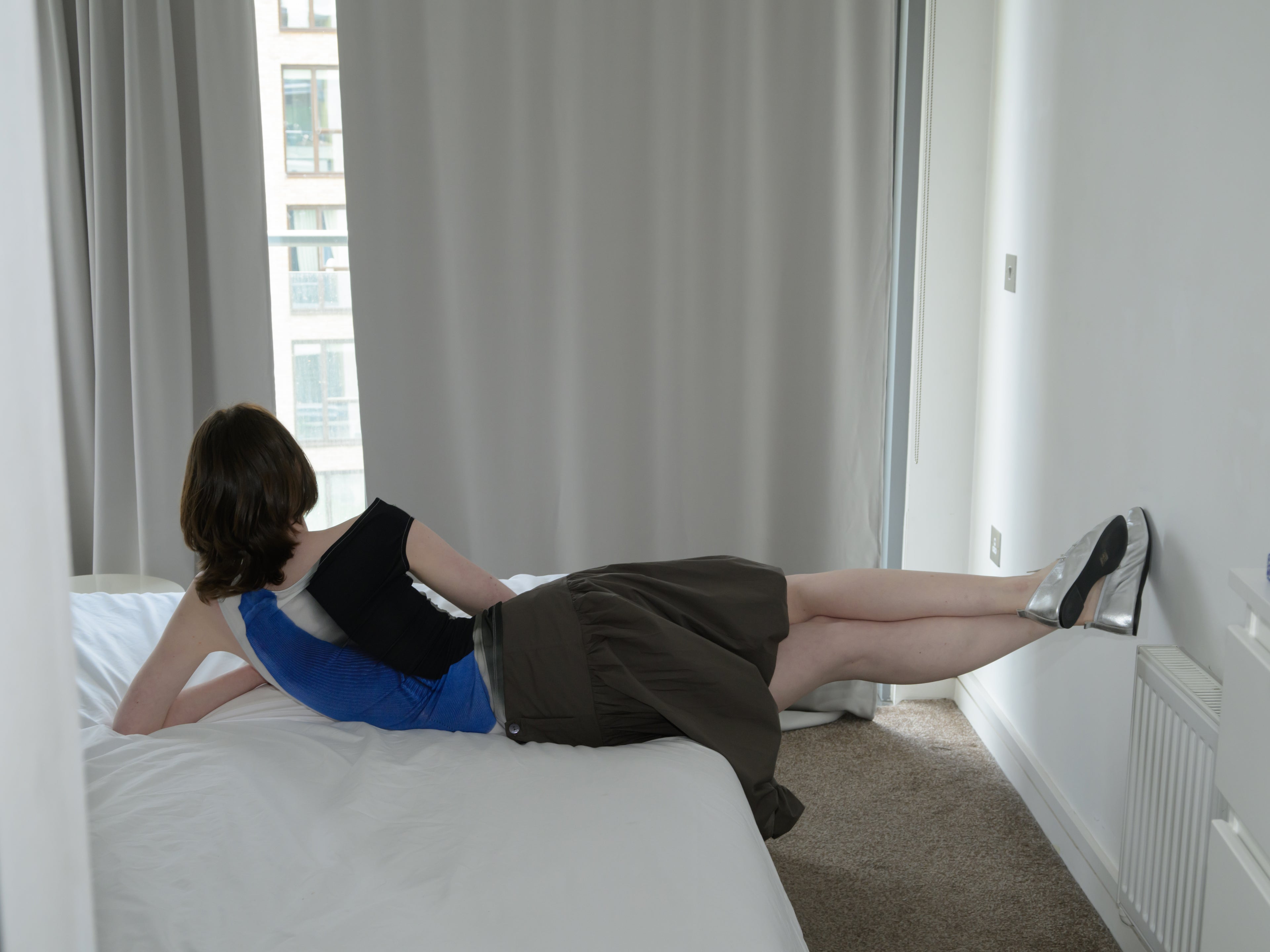
untitled May 27, 2024, 13:44